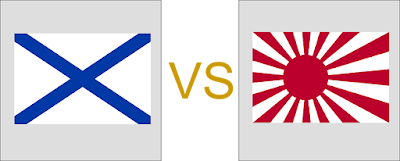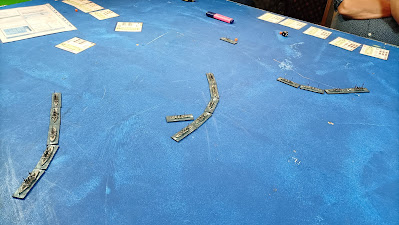I finally completed painting the British Empire's forces involved in the conflicts in Northeast Africa during the late 19th century. This time, I mainly focused on the cavalry but also included the infantry and commanders. All the miniatures are from Perry Miniatures, and the bases are from Warbases.
The original plan was to have one cavalry unit and one dragoon unit, while rebasing the existing cavalry units to the new format, which consists of nine figures per unit, grouped as three figures per base. However, when Caronade came along, I ended up buying a few more figures and then placed an order directly with the Perry brothers. As a result, the project expanded beyond my initial plans. I suppose that's typical!
We'll begin the show with the cavalry. First up is the Bengal Cavalry unit armed with lances.
The second unit was made up of lance-wielding hussars. I painted three new figures and replaced the lances on the others. During the rebasing process, I also corrected some painting elements, resulting in an entirely new unit of lancers. Additionally, the unit received a new command base. Unfortunately, the officer figure was missing from the set I purchased at one of the shows. I’m not sure if it was lost somewhere in my room or removed from the set during the event. Fortunately, I had an extra hussar figure with a sabre, which I used as the officer.
The third cavalry unit is a rebased Hussar unit equipped with sabres. I made some corrections to the paint used.
The next unit is the aforementioned dragoons, known as the Heavy Camel Brigade. I created a camel-mounted unit, a dismounted version, and an additional group of soldiers guarding the kneeling camels.
We smoothly transitioned to focusing on the infantry. The first unit is the 2nd Infantry Battalion from Bengal. I had two officer figures leftover from my previous painting project, so I decided to purchase an entire unit. This will allow me to create a complete Indian brigade.
I had some leftovers from previous painting projects, including an incomplete infantry battalion. This time, I decided to add a base with commanders, which allowed me to create the 10th Infantry Battalion for my collection. I still have four figures left, so I plan to build one or possibly two more battalions. I'm also considering forming a Scottish brigade!
As my collection expands, I require more commanders to lead these forces. I have added three new commanders to my team.
To conclude this presentation, some additional elements. Journalists. I made myself two bases. They will be an excellent addition to the future games.
Regarding the British Empire forces, I'm taking a long break for now. There will be new figures in this area, including the previously mentioned Scottish Brigade. I've also purchased a few more Mahdist figures, which may make an appearance soon as a diversion between larger projects. For the time being, I’m shifting my focus from land to the sea. Results will be coming soon.























































